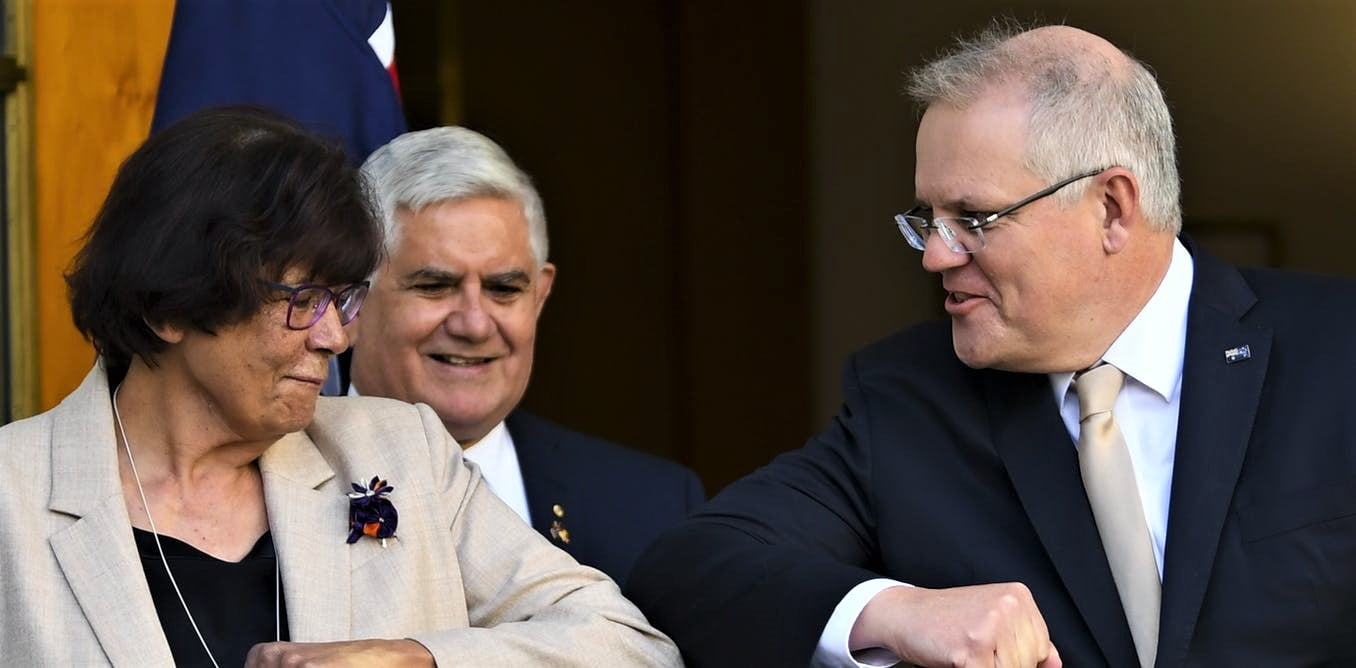Australia: ‘The furthest attempt’: Indigenous leader welcomes $1.1b Closing the Gap funding


The country’s top Indigenous organisations have applauded the federal government’s $1.1 billion Closing the Gap implementation plan, but warn underfunding of programs and services remains the biggest challenge ahead.
The federal, state, and territory governments reached the historic new National Agreement on Closing the Gap with the Coalition of Peaks last July, aimed at reducing the inequality faced by Aboriginal and Torres Strait Islander peoples.
The federal government will now hand down its first plan outlining how it will achieve progress on its commitments this morning.
“We have seen governments slowly walk away from the previous closing the gap agreement, our programs were being defunded, and governments were no longer working together,” said Arrernte and Gurdanji woman Pat Turner, lead convenor of the Coalition of Peaks.
“The Prime Minister is beginning to overturn some significant legacy issues, and some chronic underfunding of vital services for our peoples … not everything will be covered but this is the furthest attempt and I think they’ve done pretty well.”
Under the new plan, the federal government will announce spending of more than a billion dollars on measures to raise the life expectancy of Indigenous people, improve education outcomes in remote communities, and preserve at-risk languages.
The centrepiece of the plan is a $378 million reparations scheme for Stolen Generations survivors in the NT and ACT, with the next largest amount of money – $254 million – going towards building new health clinics and housing for professionals in remote areas.
A further $75 million will be spent building three new boarding schools in remote communities, alongside other measures to allow Indigenous children to receive a quality education while living on Country.
“This plan is about real reconciliation, how we get there, and making sure all governments are held to account, state and federal,” said Prime Minister Scott Morrison.
While Ms Turner was satisfied with the work of the federal government so far, she warned that meeting all the National Agreement’s commitments over the next decade would be hard work.
“We have a long way to go before all governments are delivering in full on the priority reforms in the National Agreement, and we have a long way to go before all governments address the significant underfunding of our programs and services,” she said.
Meanwhile, federal Labor has promised to fast-track the establishment of its previously promised Makaratta Commission if it wins the next election.
The Commission would develop a framework to create a national treaty between the Commonwealth and First Nations people, and also an inquiry into truth-telling.
Labor would also fund another 1400 Indigenous ranger positions across the country, and increase the Indigenous employment rate in the public service to five per cent.
The National Agreement includes four priority reforms aimed at improving the way governments work with Indigenous people and organisations.
It also includes 17 socioeconomic targets intended to deal with the inequality faced by First Nations people through things like reducing the incarceration rate and improving life expectancy.
The initiatives announced on Thursday are tied directly to the gaps the agreement is trying to close. Starting in 2022, the Commonwealth will produce an annual report to outline the progress being made and all other governments will do the same. The report will set priorities for the coming year, in partnership with Indigenous organisations, based on what the data and evidence says is and isn’t working.
The latest Productivity Commission update on the Closing the Gap targets found that Indigenous incarceration and suicide rates were rising, and goals to increase life expectancy were not on track to be met.
Ms Turner said she’s confident that the federal government’s commitment to acting on the four priority reforms and working with Indigenous organisations will strengthen her sector’s ability to help improve the 17 socio-economic targets in the long term.
“We know that Aboriginal community-controlled services deliver better outcomes for our people,” she said.
New South Wales and Victoria have already published their own implementation plans and the other jurisdictions are expected to do so by the end of August.
Source: smh.com.au




